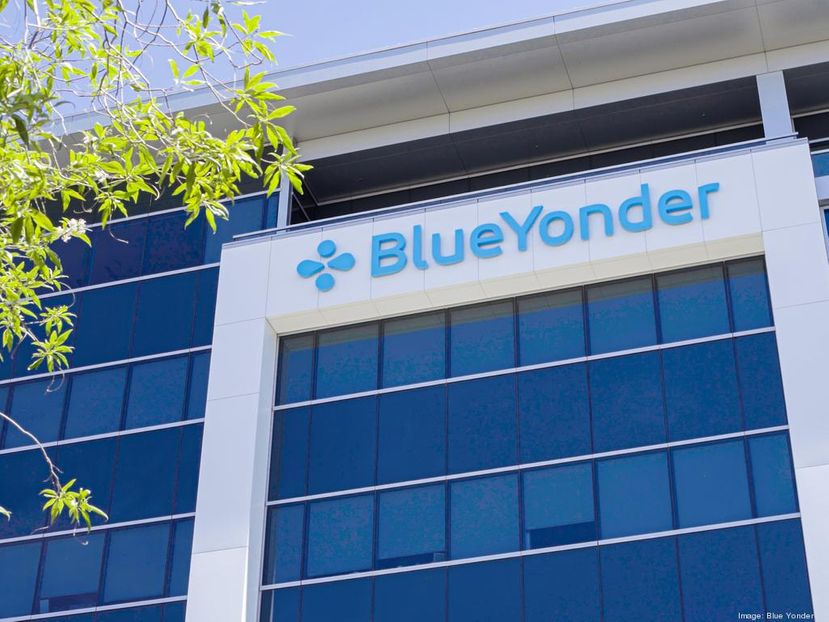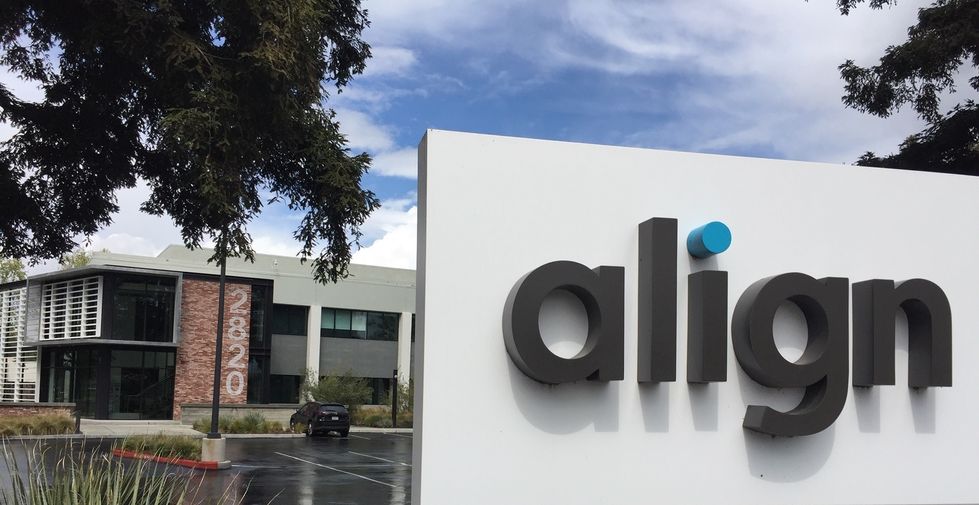Blue Yonder – Powering Digital Supply Chain Using Innovative Solutions.
Management is the very core of any business, and if one can get full-fledged software for that, it is the cherry on the top. Management includes multiple tasks, from handling the customers, the quality of the products, taking care of the employees, and ensuring on-time delivery of the product, all come under this category. Thanks to the growing IT industry and the rising IT companies, we have got software for every management work. One such crucial work is dealing with everyday supply/delivery and keeping the account for the same. Blue Yonder is one of the IT companies which offers an end-to-end supply chain platform, suitable for almost every business. The company is known for its Luminate Platform (built on artificial intelligence) used by many brands across the globe for their data integration, real-time decision making and to achieve end-to-end supply chain visibility of each process going on in the organization.
About Blue Yonder
Blue Yonder is a subsidiary company of Panasonic, which previously was known as JDA Software. James Donald Armstrong and Frederick M. Pakis founded the company in 1985, and its headquarters resides at Scottsdale, Arizona. It is an American software company providing its services worldwide. Blue Yonder is best known for its flagship product Luminate Platform, a supply chain management software that can be integrated into every corner of the business to track every activity throughout the end-to-end supply chain. The company is the home of over 5500 employees, and its clients’ count is more than 3000 from across the world. As per the 2021 records, it made revenues worth $1.1 Billion.
Apart from having customers from around the world, Blue Yonder has set up over 40 offices in America and overseas, i.e., in Boston, London, Canada, Milan, Paris, Palo Alto, Monterrey, Madrid, Dubai, Cape Town, Australia, India, China, Korea, and Singapore, etc. Names like Albertsons, Brookshire’s, Oriflame, Kenco, DHL, Petco, Access Business Group, ABB Information Systems Ltd, 7-Eleven Inc, Michelin, etc. are a few of the names of Blue Yonder software users.

The Back Story
James Donald Armstrong and Frederick M. Pakis founded the company as JDA Software, Inc in 1985, in Cleveland, Ohio. In just two years, the company shifted its headquarters to Arizona after it received a contract from an automotive retailer. In 1996, after successfully working for a period of ten years, the company went public and had its first IPO. By this time, JDA also started to expand and acquired Arthur Retail division in 1998. In the coming years, it took over names like Intactix (2000), E3 Corporation (2001), Manugistics (2006), i2 Technologies (2010), etc.
After a deal worth $1.9 billion, JDA went under RedPrairie ownership, turning the former private again. Also, RedPrairie started to host its operations under the brand name JDA. In 2018, JDA acquired Blue Yonder GmbH and had a name change to Blue Yonder in 2020. the company acquired Yantriks in the same year. In September 2021, Panasonic bought Blue Yonder for an undisclosed amount, and today, Blue Yonder operates as a subsidiary of Panasonic.
CEO at Blue Yonder
Girish Rishi is the current CEO at Blue Yonder. He is a native Indian and has completed his bachelor’s degree from the University of Bombay. Rishi has also got a Master’s degree in Business Administration from the University of Hartford as well as another master’s in International Public Policy from the School of Advanced International Studies at Joah Hopkins University. Before joining the company, Rishi has handled multiple leadership roles at companies like Motorola and Matrics. In 2017, Rishi became the CEO of Blue Yonder.

Yashica is a Software Engineer turned Content Writer, who loves to write on social causes and expertise in writing technical stuff. She loves to watch movies and explore new places. She believes that you need to live once before you die. So experimenting with her life and career choices, she is trying to live her life to the fullest.




